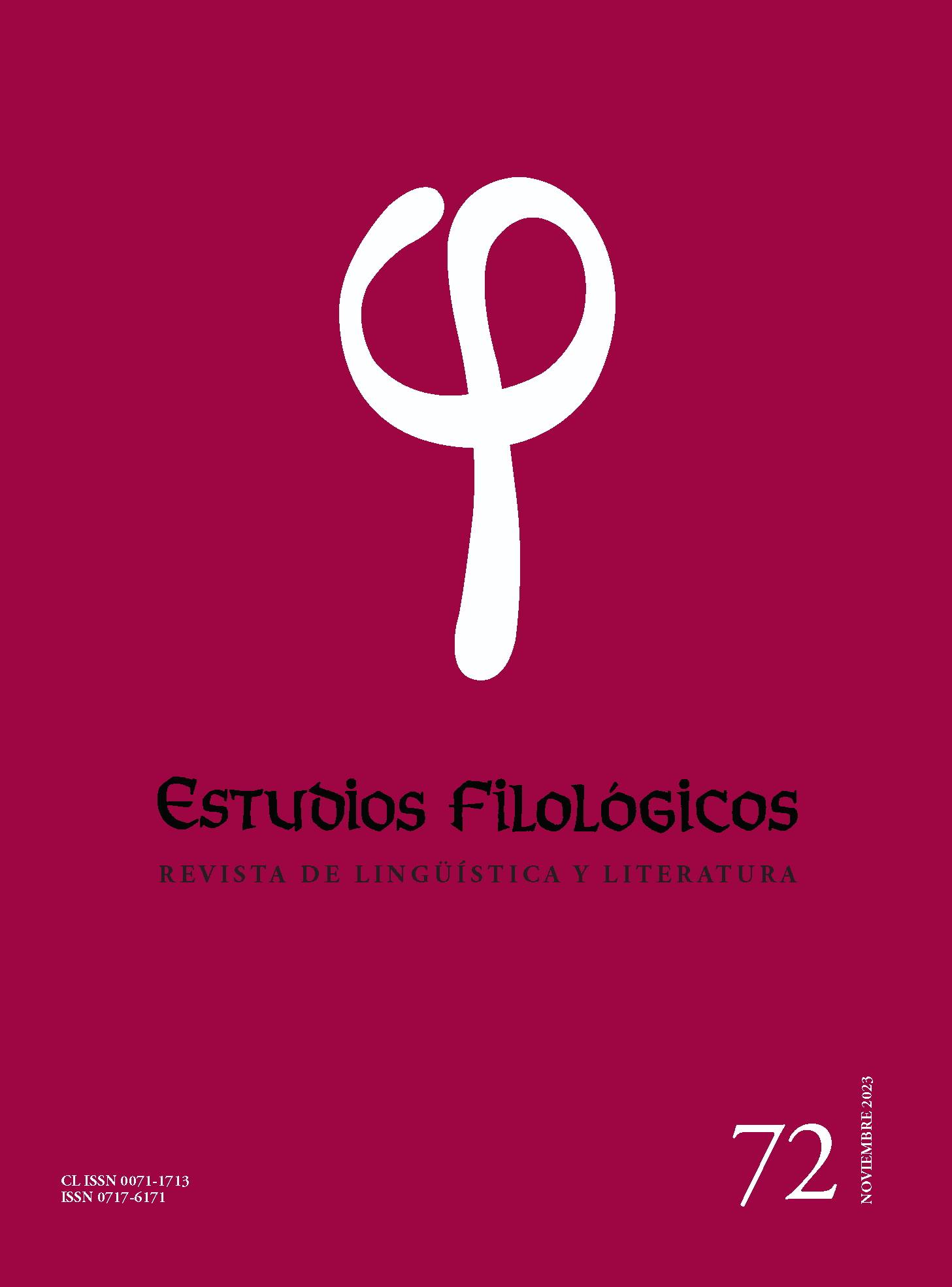The Necrospace of the Anthropocene. An Anachronistic Archive
Main Article Content
Abstract
This article stems from the idea of anachronism postulated by Didi-Huberman in Before Time, as a model of questioning of history, and in connection with Benjamin’s dialectical model and the notion of “discontinuities” and “anachronisms of time” (2011: 154) to propose that the geological stratifications of the Anthropocene form layers that can be read as archives. I conceive the archive in this essay through two theoretical coordinates: on the one hand, necropolitics and necropower (Achilles Mbembe); on the other, Walter Benjamin’s notion in relation to the act of collecting, especially that which treasures a value that escapes commodification devices and therefore it is capable of registering remains, detritus, and everything that fluctuates on the threshold of extinction. I propose, in a broader sense, an anthropogenic necrospace that, altered and intervened by material layers of living and inorganic forms, will go on forging anachronistic archives. The aesthetic figurations analyzed here are the novel El Rey del Agua (2016) by the Argentine Claudia Aboaf, the short stories “Agua” (1935) by Peruvian José María Arguedas, and “Los pescadores de vigas” (1913), by Uruguayan Horacio Quiroga. I read these aesthetic figurations from a critical exercise that bolster an anthropogenic aesthetic/ethical proposal and that, through its conceptual flow, links them together with terrestrial, hydric and atmospheric layers. This gesture not only seeks to stress a formatted reading but also a form of analysis that is based on the erosion of a text and that therefore closes any possible layer of meaning.

